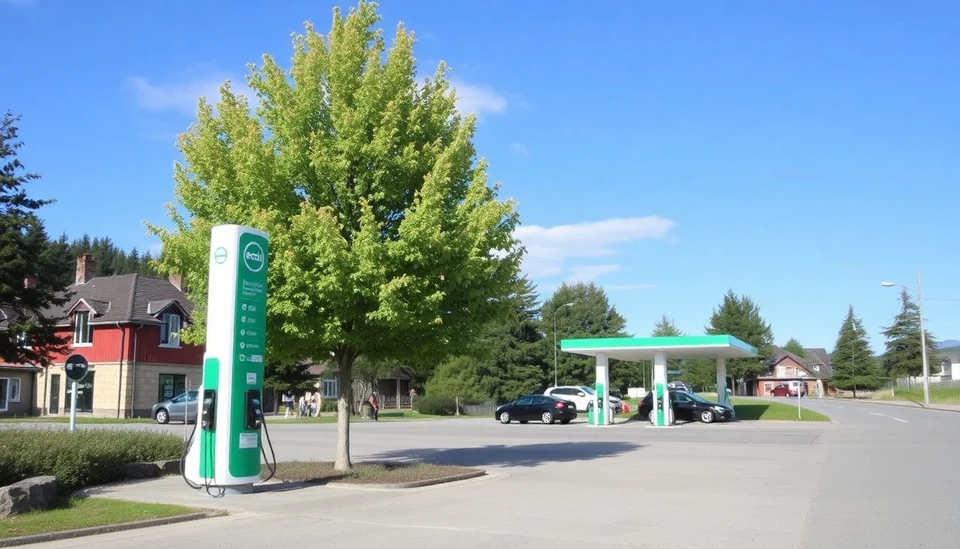
As the world shifts towards more sustainable energy solutions, Norway has taken significant strides in pushing for electric vehicle (EV) adoption, which is exemplified by the country’s recent decision to dismantle traditional fuel pumps and replace them with electric charging stations. This initiative reflects Norway's unwavering commitment to combat climate change and set a global benchmark for green transportation.
The Norwegian government's strategy aims to eliminate fossil fuel dependency and promote electric vehicles as the mainstream mode of transportation. In an impressive move that has garnered international attention, the process of uprooting petrol pumps is already underway across various cities. This shift is not merely a symbolic gesture; it represents a substantive transition in energy consumption habits and infrastructure development for urban mobility.
With over 54% of all new vehicles sold in Norway being electric as of 2022, the country is already leading the charge toward an EV-dominated automotive landscape. The prevalence of EVs is supported by generous government incentives, which include tax breaks, free charging stations, and exemption from tolls. Consequently, this incentivization has created a thriving market for electric cars, with brands like Tesla and local manufacturer, Polestar, seeing substantial sales growth.
In tandem with the removal of gas stations, local municipalities are partnering with private sector entities to expedite the installation of charging infrastructure. Charging stations are cropping up in strategic locations, including urban centers, retail areas, and highways, allowing drivers to easily transition to EVs. This extensive deployment is crucial, as accessibility to charging points plays a significant role in influencing motorists' decisions to purchase electric vehicles.
Norway's ambitions resonate with its overarching environmental goals, seeking to become a zero-emission society by 2050. The emphasis on electric vehicles is critical to reducing greenhouse gas emissions and addressing the pressing issue of air quality in urban areas. By 2025, the country aims to curtail emission levels significantly, bolstering its environmental policies and fostering a sustainable future.
The local populace has responded positively to these changes, with many recognizing the long-term benefits of electric vehicles—ranging from reduced maintenance costs to the lower environmental impact. Furthermore, the transition has thus far been met with minimal public resistance. Residents are increasingly valuing the convenience and operational savings associated with driving electric cars, encouraging a more extensive cultural shift towards sustainability.
As other countries observe Norway's pioneering example in electrification, a ripple effect is anticipated, inspiring similar initiatives globally. This shift from fossil fuels to electricity within transportation signifies not just a local trend but a broader movement geared towards sustainable modal transition worldwide.
In conclusion, Norway is not just transforming its transportation infrastructure; it is redefining the future of mobility and setting the stage for other nations to follow suit. The uprooting of fuel pumps symbolizes an unwavering commitment to environmental stewardship and engagement in a responsible future that embraces clean energy alternatives.
#Norway #ElectricVehicles #Sustainability #EVAdoption #GreenTransport #ClimateAction #CleanEnergy
Author: Samuel Brooks




